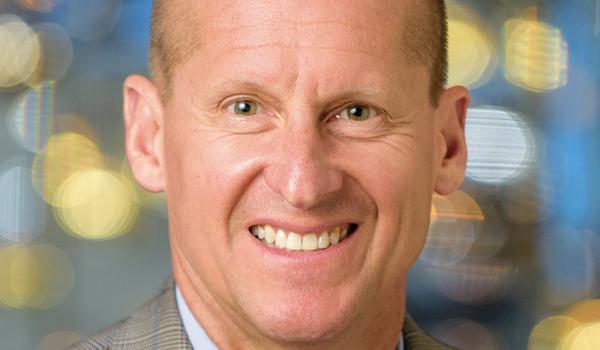A virtual reality check for police investigating the bystander effect
Computer animation technology being used by university researchers to investigate the bystander effect could be adopted as a training aid by British police forces. The virtual technology could even be used to help evaluate a prisoners likelihood of violent re-offending and a pilot study has already yielded promising results.

Computer animation technology being used by university researchers to investigate the bystander effect could be adopted as a training aid by British police forces. The virtual technology could even be used to help evaluate a prisoners likelihood of violent re-offending and a pilot study has already yielded promising results.
The bystander effect is well known in behavioural psychology and suggests that the more people who witness a violent emergency the less likely it is that someone will intervene. It was first identified in the 1960s, but conducting research on the phenomenon has been difficult. Most experiments rely upon staging fake emergencies or violent encounters using actors, but it is tricky to gauge how genuine a response is.
Bournemouth Universitys Dr Richard Southern and his colleagues have turned to 3D computer animation technology in an attempt to overcome these obstacles.
We realised that to conduct experiments we had to recreate reality as best we could, he said. With virtual reality, if you can trick people into believing they are in a place and the responses that occur around them in that environment are believable, then people will respond in a realistic way.
To create their virtual world, Dr Southern and Professor Jian J Zhang used a system based at University College London (UCL) called ReaCToR. Stereo images are projected onto the walls and floor of a small room using high-resolution digital projectors. A person stepping into the room wears lightweight shutter glasses similar to those used on modern 3D TVs, producing a realistic 3D sports bar scene. Head-tracking technology ensures they see the image from the right perspective while an eight-speaker system delivers directional sound.
In a series of experiments conducted with colleagues at UCL and Lancaster University, the team recruited Arsenal FC fans and asked them to enter the ReaCToR to look out for football memorabilia. Once inside, the participants are met with a confrontation between two men.
We used different scenarios to see if we could see what factors can impede whether someone will intervene when the confrontation starts, Dr Southern explained. We varied whether the victim in the confrontation was a supporter of Arsenal and wore an Arsenal jersey or showed little interest in the team and wore a generic red shirt. The participants intervene significantly more if they are of the same group affiliation as the victim.
In another experiment, the researchers programmed the virtual victim to look directly at the participant during the confrontation to plead for help. In this case the participants tended to feel more concerned about the victims safety and their intervention tended to be verbal rather than physical, implying a higher level of engagement.
The researchers also filled the bar with other virtual characters that reacted differently to the confrontation. In one case, a man watching the struggle simply shrugs when the participant looks at him.
The virtual bystanders also shout out to either encourage the participant to intervene or discourage them.
Dr Southern says that this work could go far beyond telling us more about the frailties of the human mind. It has already attracted attention from the police service and the Ministry of Defence to help train personnel in diffusing confrontational situations.
This is an enabling technology. It paves the way towards using immersive scenarios for all kinds of uses, said Dr Southern.



